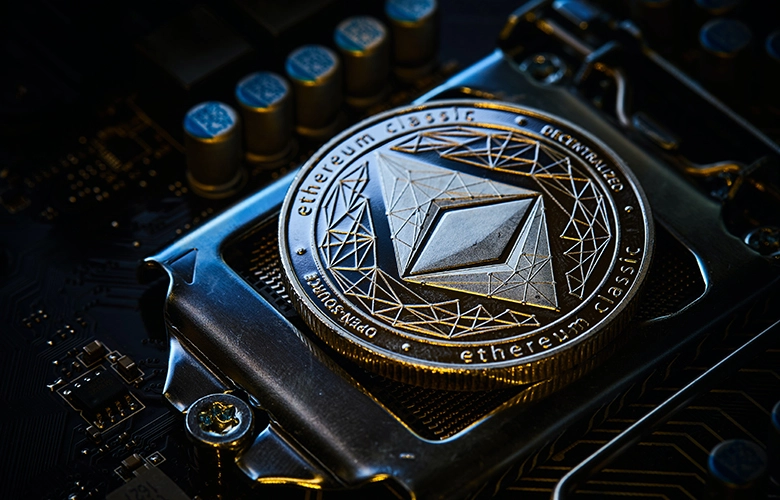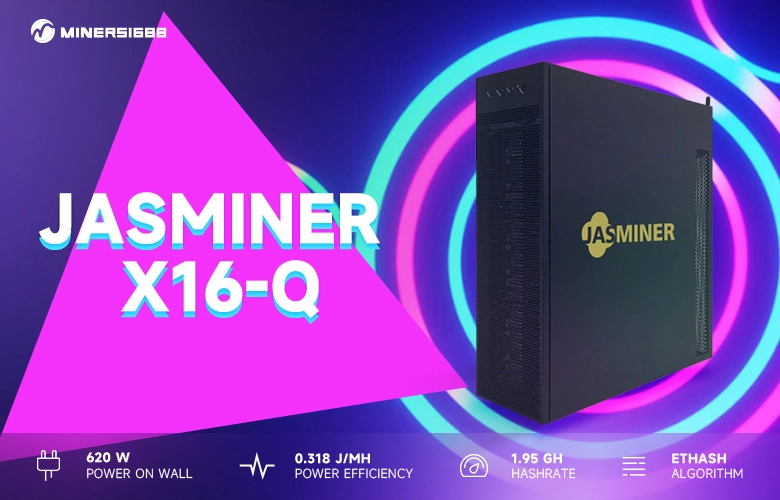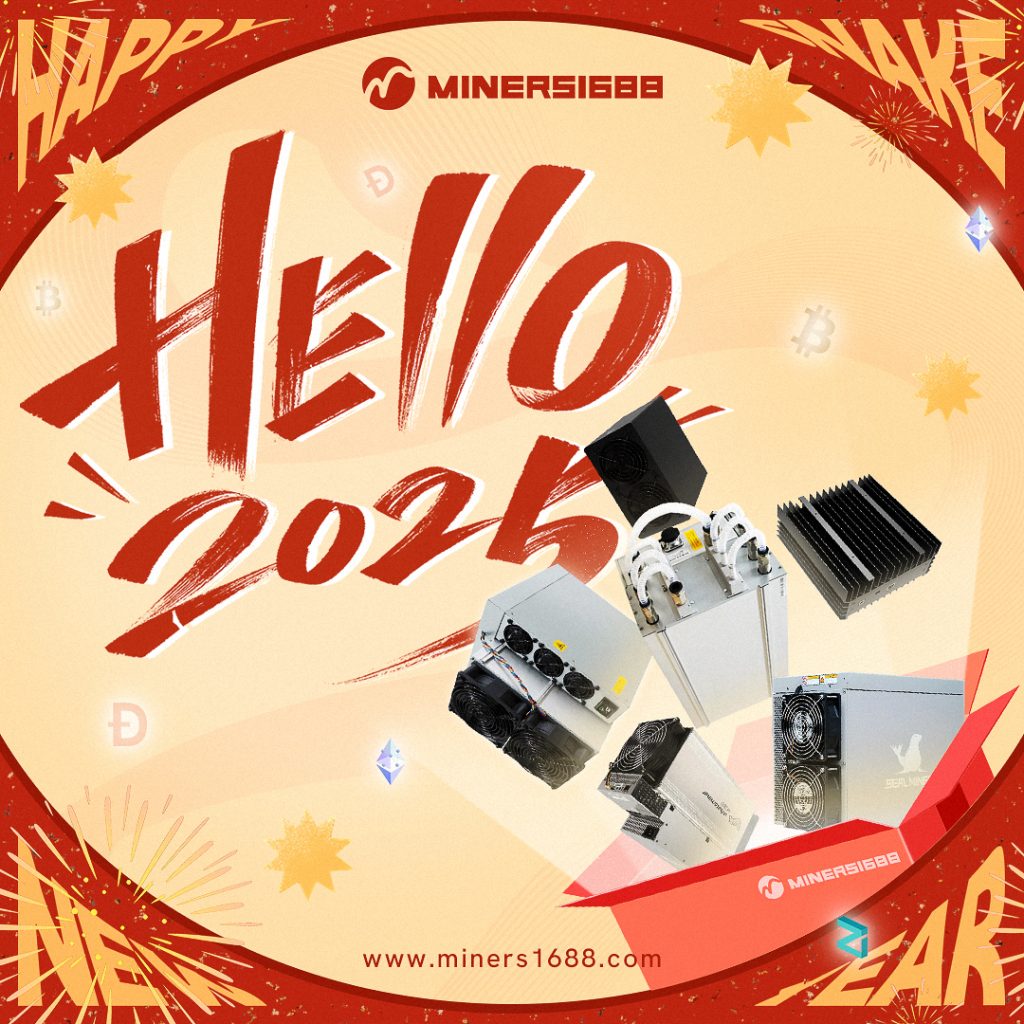Introduction to Ethereum Classic (Mining ETC)
What is Ethereum Classic?
Ethereum Classic (ETC) is a type of cryptocurrency that operates on a blockchain platform. It emerged as a result of a hard fork from the original Ethereum (ETH) network in 2016 due to differences in ideology regarding blockchain immutability. Its purpose is to utilize smart contracts and decentralize applications (DApps) while upholding the principle of blockchain immutability.

How does Ethereum Classic differ from Ethereum?
While Ethereum Classic and Ethereum share the same foundational code and function in similar ways, they diverge in their approach to blockchain updates and modifications. Ethereum Classic maintains the original blockchain without altering its history, while Ethereum allows changes to its blockchain to address issues and improve functionality.
Understanding Mining
What is cryptocurrency mining?
Mining is the process by which new cryptocurrency coins are created and transactions are verified and added to the blockchain. It involves solving complex mathematical problems, which requires significant computational power. In return for this work, miners are rewarded with new coins and transaction fees.
How does Ethereum Classic mining work?
Ethereum Classic mining works similarly to other proof-of-work cryptocurrencies. Miners compete to solve complex mathematical problems with their mining hardware. The first miner to solve the problem gets to add a new block of transactions to the Ethereum Classic blockchain and receives a reward in ETC coins.
Getting Started with Ethereum Classic Mining
Preparing for Mining
Checking the legality
Before you start mining, it’s important to ensure that cryptocurrency mining is legal in your jurisdiction. This can be done by researching local regulations and consulting with legal professionals if necessary.
Assessing the profitability
Next, you need to assess the potential profitability of mining Ethereum Classic. This involves considering factors such as the cost of electricity, the price of the necessary hardware, and the current value of ETC. To do this, you can use an Ethereum Classic mining calculator. This tool helps you estimate potential profits based on your mining hashrate, power consumption, electricity costs, and hardware costs1.
Setting Up Your Mining Rig
Choosing the right hardware
When it comes to mining, the hardware you choose can make a significant difference in your mining efficiency and profitability. Mining Ethereum Classic requires a graphics processing unit (GPU) or an application-specific integrated circuit (ASIC) miner. The choice between the two depends on factors such as cost, power consumption, and availability.
Jasminer X16-Q

The Jasminer X16-Q is an Ethereum Classic (ETC) mining device from the manufacturer Jasminer. It is designed to mine the EtHash algorithm, which is the Proof of Work (PoW) hashing algorithm used by Ethereum and Ethereum Classic. manufacturer Jasminer. It is designed to mine the EtHash algorithm, which is the Proof of Work (PoW)
The Jasminer X16-Q operates with a maximum hashrate of 1.845Gh/s (with a variation of ±10%) and a power consumption of around 630W (also with a variation of ±10%). This makes the mining device efficient, with an efficiency rating of 0.341j/Mh. At the time of the data analysis, the daily profitability of using this device was estimated at $3.61.
In terms of physical specifications, the Jasminer X16-Q is quite compact, measuring 360 x 482 x 134mm, and weighing in at 10,000g. It operates relatively quietly with a noise level of around 40db and includes two fans for cooling.
The X16-Q connects to the network via an Ethernet interface and includes 8Gb of memory. The optimal operating conditions for this device are temperatures between 5 – 40 °C, and a humidity level between 5 – 95%.
It’s also important to note that the Jasminer X16-Q was released in May 2023, and is sometimes also known as the Jasminer X16-Q ETC Miner1.
Installing the necessary software
After setting up your hardware, the next step is to install the necessary software. This includes a suitable operating system (OS), mining software, and an Ethereum Classic wallet to store your mined ETC.
Joining a Mining Pool
Understanding mining pools
A mining pool is a group of miners who combine their computational resources to mine cryptocurrencies more efficiently. When a member of the pool finds a valid block, the reward is shared among all members based on the amount of computational power they contributed.
How to choose a mining pool
When choosing a mining pool, consider factors such as the pool’s size, payout structure, fees, and reputation. A larger pool offers more frequent but smaller rewards, while a smaller pool offers less frequent but larger rewards.
Maintaining Your Mining Operations
Regular Maintenance and Upgrades
Hardware maintenance
Regular hardware maintenance is essential to ensure your mining rig operates efficiently. This can involve cleaning dust from the hardware, ensuring adequate cooling to prevent overheating, and checking for any necessary repairs or replacements.
Software updates
Keeping your software up-to-date is also crucial. This includes updating your OS, mining software, and wallet software. Updates often provide security enhancements, bug fixes, and sometimes, increased efficiency.
Monitoring Performance
Evaluating mining efficiency
Monitoring your mining efficiency involves tracking your mining rig’s hashrate (the number of calculations it can perform per second) and power consumption. A higher hashrate and lower power consumption typically mean more efficient mining.
Keeping track of profits and expenses
It’s important to regularly track your mining profits and expenses. This includes the value of the ETC you’ve mined, electricity costs, hardware costs, and any pool fees. Regular tracking can help you adjust your mining operations as needed to maximize profitability.
Starting to mine Ethereum Classic involves understanding the basics of ETC and mining, preparing for mining, setting up your mining rig, joining a mining pool, and maintaining your mining operations. While it can be a complex process, with careful planning and regular monitoring, it can also be a rewarding endeavor.

FAQs
- What is Ethereum Classic?
Ethereum Classic is a type of cryptocurrency that operates on a blockchain platform. It emerged from a hard fork of the original Ethereum network in 2016.
- What is cryptocurrency mining?
Cryptocurrency mining is the process by which new cryptocurrency coins are created and transactions are verified and added to the blockchain.
- How does Ethereum Classic mining work?
Ethereum Classic mining works similarly to other proof-of-work cryptocurrencies. Miners compete to solve complex mathematical problems, and the first to solve the problem gets to add a new block to the Ethereum Classic blockchain.


